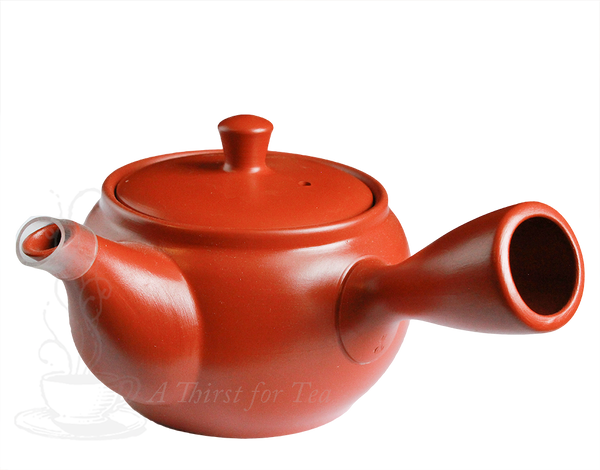contemporary woodworking
OP - I am trying to learn how to use my old stanley plane (inherited from my Dad) but I am having trouble getting my test piece of wood flat.
Bob - first things first, this is an old plane, have you checked the sole? The sole needs to be completely flat. An acceptable result can be achieved by an amateur but you will need a certified engineers reference plate made from marble (rrp $500)
Chuck - actually the first thing to do is to replace the cutter - modern cutters are thicker* and therefore better. I recommend PMV12 which has just come on the market, but you MUST get the cryogenically heated version (rrp $90 each)
* note may not fit in your old plane.
Alf - I am just a beginner but I 100% agree with Chris Scholtz on this one - when you factor in the cost of your time it is simply not worth the effort getting an old plane to work.
Bib - I 100% agree. I am just starting out and I have just ordered the entire set of bench planes from LM (rrp $4000) - you do not need to get everything at once, and I will be getting the full set of joinery planes as and when I need them.
Tom - I struggled like you for ages until I got the full set of LY bevel up planes - these are much more versatile than BD planes and leave a better fininsh, IMO (although I have not actually used them yet). The are also slightly cheaper than the LMs - $3500
**** - you don't actually need a new plane at all as long as you are prepared to put in some fettling time and you know how to avoid the bad ones*. They are no longer cheap though! When I was a boy I could buy an entire set of second hand Record bench planes for £2 but now Paul Setller has jumped on the bandwaggon you can't get one for less than £14. Insane!
*this takes years of practice and would take too long to explain on a forum like this
Fred - I think the above posters have missed a fundamental point - SHARP. You can't do woodwork without sharp tools. There are a variety of sharpening systems out there but I recommend (as a minimum) 6 ozymandis infused watersones (ideally japanese shaptons) going from 500 microns to 70000. I finish up with 1u micron paste on a granite surface (Note that despite what you might hear, you CAN reuse the reference plate mentioned above, just don't forget to keep one side clean for periodically checking that your soles are still flat - the paste will mark the other surface and invalidate your measurements otherwise!). You can get budget versions of these stones made in Europe or the US for about £100 each, but the best ones come direct from Japan. NB on no account skip a grit - this may seem like a time-saver but will almost certainly ruin your tools.
Billlybob - you can save yourself a lot of time an effort with a planer/thicknesser/chopper/sander combination machine - I have a couple of Hitachi 9 litre models and they are indispensable. Like many people my 'shop' is actually in my garage and the great things about these machines is they are only 18' wide which means I still have plenty of room for my Chevrolet cruiser and my wife's racing yacht!
OP - thanks for advice. I have taken up crotchet.
All - DO NOT even consider crotchet without getting yourself a set of diamond coated laminated steel knitting spikes (continues for another 94 pages)
PS I am guilty of being a least one of the characters above
OP - I am trying to learn how to use my old stanley plane (inherited from my Dad) but I am having trouble getting my test piece of wood flat.
Bob - first things first, this is an old plane, have you checked the sole? The sole needs to be completely flat. An acceptable result can be achieved by an amateur but you will need a certified engineers reference plate made from marble (rrp $500)
Chuck - actually the first thing to do is to replace the cutter - modern cutters are thicker* and therefore better. I recommend PMV12 which has just come on the market, but you MUST get the cryogenically heated version (rrp $90 each)
* note may not fit in your old plane.
Alf - I am just a beginner but I 100% agree with Chris Scholtz on this one - when you factor in the cost of your time it is simply not worth the effort getting an old plane to work.
Bib - I 100% agree. I am just starting out and I have just ordered the entire set of bench planes from LM (rrp $4000) - you do not need to get everything at once, and I will be getting the full set of joinery planes as and when I need them.
Tom - I struggled like you for ages until I got the full set of LY bevel up planes - these are much more versatile than BD planes and leave a better fininsh, IMO (although I have not actually used them yet). The are also slightly cheaper than the LMs - $3500
**** - you don't actually need a new plane at all as long as you are prepared to put in some fettling time and you know how to avoid the bad ones*. They are no longer cheap though! When I was a boy I could buy an entire set of second hand Record bench planes for £2 but now Paul Setller has jumped on the bandwaggon you can't get one for less than £14. Insane!
*this takes years of practice and would take too long to explain on a forum like this
Fred - I think the above posters have missed a fundamental point - SHARP. You can't do woodwork without sharp tools. There are a variety of sharpening systems out there but I recommend (as a minimum) 6 ozymandis infused watersones (ideally japanese shaptons) going from 500 microns to 70000. I finish up with 1u micron paste on a granite surface (Note that despite what you might hear, you CAN reuse the reference plate mentioned above, just don't forget to keep one side clean for periodically checking that your soles are still flat - the paste will mark the other surface and invalidate your measurements otherwise!). You can get budget versions of these stones made in Europe or the US for about £100 each, but the best ones come direct from Japan. NB on no account skip a grit - this may seem like a time-saver but will almost certainly ruin your tools.
Billlybob - you can save yourself a lot of time an effort with a planer/thicknesser/chopper/sander combination machine - I have a couple of Hitachi 9 litre models and they are indispensable. Like many people my 'shop' is actually in my garage and the great things about these machines is they are only 18' wide which means I still have plenty of room for my Chevrolet cruiser and my wife's racing yacht!
OP - thanks for advice. I have taken up crotchet.
All - DO NOT even consider crotchet without getting yourself a set of diamond coated laminated steel knitting spikes (continues for another 94 pages)
PS I am guilty of being a least one of the characters above



































